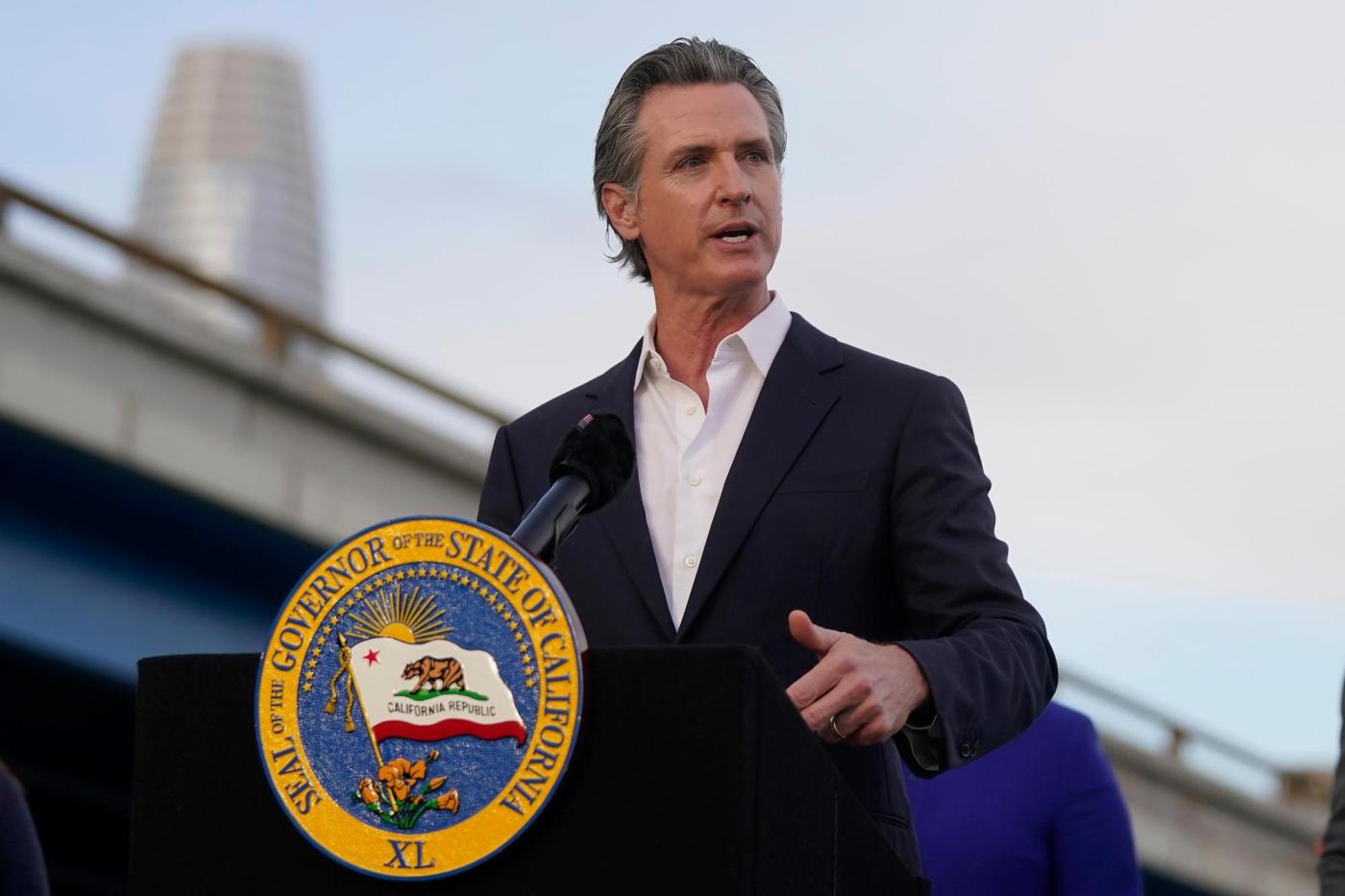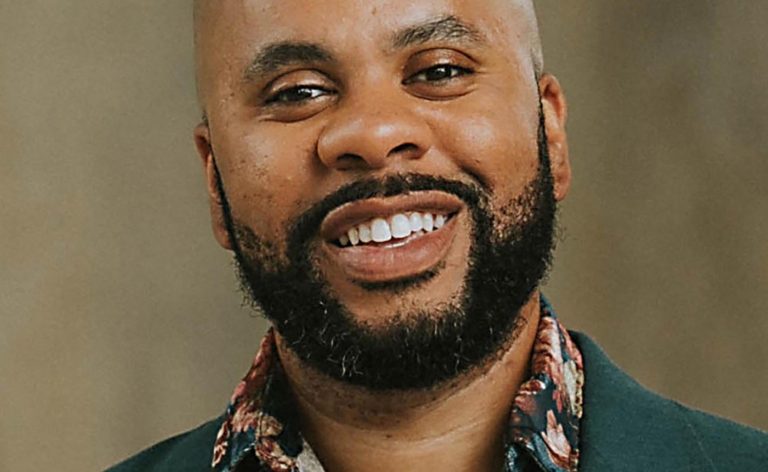For sure, Gov. Gavin Newsom believes his 2020 stay-home order at the start of the COVID-19 pandemic saved thousands of lives.
Related Articles
Elias: California taxes funding college protest classes of dubious value
Elias: Ruling negates California’s 2021 housing law if upheld on appeal
Elias: A Kamala Harris 2026 run for California governor could make sense
Many other states soon followed with similar orders, although some never ordered much significant change in normal behavior. There is some evidence that Newsom’s order saved lives, a statistic disputed in Florida and other states governed by conservative Republicans.
There will be no doubt, though, about the lives saved by Newsom’s latest medical move: He’s ordered CalRx, the Medi-Cal prescription program, to buy thousands of doses of generic naloxone (known by the brand name Narcan), the main reliable fentanyl antidote, and have them distributed by police, fire departments, hospitals, colleges, high schools and other qualifying organizations to people believed to be at risk of dying from fentanyl poisoning, even if they don’t think they ever took the drug.
Plenty of people consume fentanyl without suspecting it. A stunning figure from the federal Drug Enforcement Administration is that six of every 10 counterfeit pills sold in this country now contain a potentially lethal dose of fentanyl, a 50% increase since 2021, when four of 10 fake pills contained the drug.
To be poisoned, you don’t need to visit Tijuana or other parts of Mexico where many drugs that require prescriptions are faked and can be easily bought. Thousands of people have died in California from taking fentanyl without knowing it, via smuggled-in pills and those actually made in American labs.
Signs of a fentanyl overdose are not very different from symptoms of other opioid drug overdoses: Small, constricted “pinpoint” pupils; falling asleep or losing consciousness; slow, weak or failed breathing; choking or making gurgling gasps; a limp body, cold and/or clammy skin, plus discolored skin, often around the lips or nails.
Just two milligrams of fentanyl can cause overdose or death, but it can’t be smelled or tasted, making it nearly impossible to tell without special test strips if pills contain or have been laced with the opioid. That makes buying pills only from reputable, proven sources essential in this era.
Most of the 5,942 persons who died of fentanyl poisoning in California between September 2021 and the same month in 2022, the last full year for which figures are available, had no idea they were ingesting fentanyl when they took it.
Enter naloxone. As early as 2018, a California law known as Assembly Bill 2760 required prescribers to offer patients knowingly taking fentanyl a companion prescription for that opioid-reversing agent if they are taking more than 89 morphine milligram
equivalents of fentanyl or another opioid medication daily.
Naloxone was expensive when then-Gov. Jerry Brown signed AB 2760 but isn’t any longer. From now on, it will be free when administered on an emergency basis. Even in this year of an unusually tight state budget, Newsom found money to pay for enough to stock all relevant agencies.
CalRx will buy 3.2 million twin packs of a new over-the-counter version of the antidote for $24 per pack, about half the market price, from a New Jersey pharmaceutical firm that just weeks ago saw its product approved by the FDA. Again, the new packs will be free to all who need them.
This will be part of a previously announced program seeing CalRx buy generic and biosimilar drugs from makers of inexpensive insulin and other medications. The original goal was to move generic drug makers toward lowering prices not just for the state but for ordinary consumers.
Generic pharmaceutical companies are sometimes reluctant to drop prices, but the mass buying power of the state’s Medi-Cal program was enough to move one naloxone maker this time. Some opposition to lowering prices stems from big-name pharmaceutical makers like Bayer paying smaller generic firms not to make some drugs, thus forcing consumers to continue buying expensive name brands even after patents have expired.
The trick now will be for friends and companions of unknowing fentanyl users to recognize symptoms and call for help quickly, much the same way as strokes have long been handled. Only time will tell if this works, but Newsom at least has moved as quickly as possible to try saving fentanyl victims. In this area, that’s all anyone can ask of a governor and more than most have bothered to do.
Email Thomas Elias at tdelias@aol.com, and read more of his columns online at californiafocus.net.












